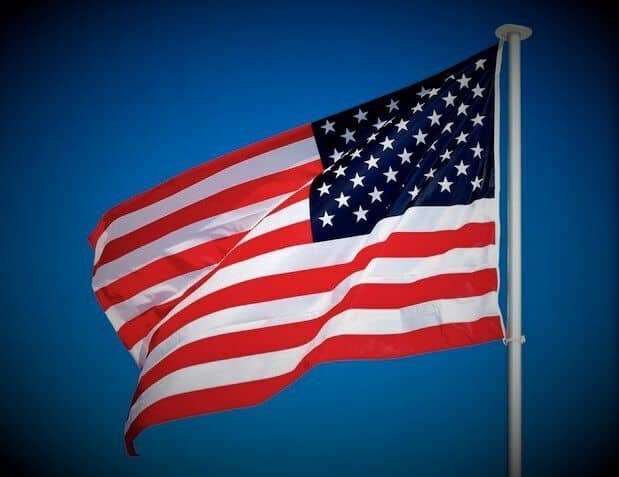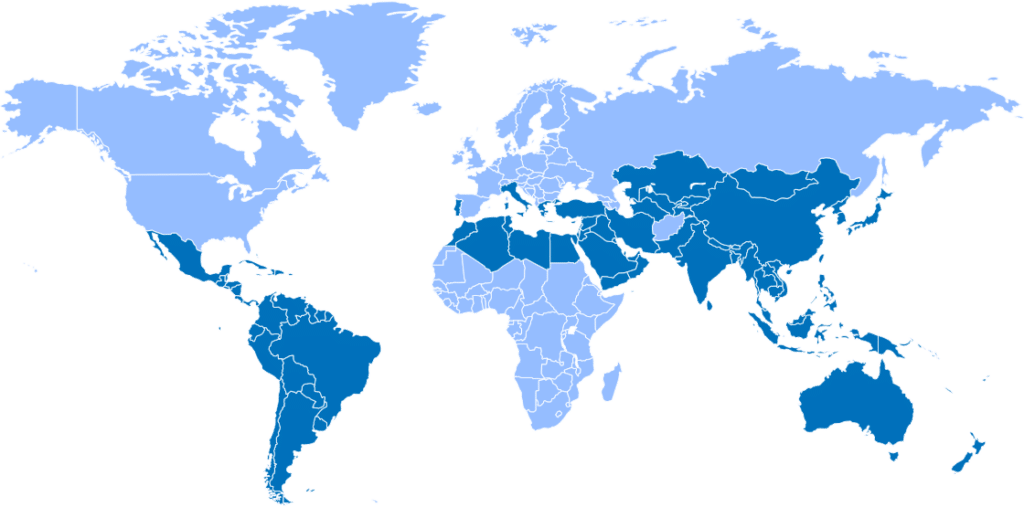While starting a new textile business, textile labeling is most important. After finishing all your production processes you can not move ahead without completing textile labeling. Especially if you are doing your business globally, you will have to know all the details regarding textile labeling.
Today we will discuss everything that you need to know about textile labeling.
Now let’s start with textile products!
What Is A Textile Product?
- A product made entirely of textile fibers, whether raw, semi-worked, or made up, or
- A product that contains at least 80% textile fibers by weight, or
- Carpets, mattresses, camping gear, furniture, umbrellas, sunshades, warm linings of gloves and mittens, as long as they contain at least 80% textile fibers, or
- Textiles incorporated into other items and for which the textile components are specified.
What Is Labeling?
When textile products are put on the market for production or commercial purposes, they must be labeled or marked. Labeling or marking is replaced by supporting business documents when these products are not offered for sale to the end consumer or when they are delivered in response to a State order. This business documentation must include the names, descriptions, and specifics of the textile fiber content. They must have stated on products that are for sale to the general public.
Information other than that required by this Directive, with the exception of trademarks has to keep separate. Member states have the option of requiring that the Directive’s labeling and marking have to do in their native language.
A textile product made up of two or more components with differing compositions must have a label that specifies the fiber content of each component.
The Directive establishes precise standards for the labeling of the following items:
- corsetry articles,
- etch-printed textiles,
- embroidered textiles,
- yarns consisting of a core and cover made up of different fibers,
- velvet and plush textiles,
- floor coverings and carpets.
The Directive makes provision for derogations for the labeling of certain textile products. A designer must consider the needs of the target market, and the final product should be safe. They must mention “Keep away from Children” on children’s nightwear
The Complete Guide To Textile Labeling
The last thing you want is for your collection to be confiscated by customs or for the cargo to be lost after all of your hard work and high investment of money that went into creating it. Yes! If your labeling isn’t set up properly, this could happen.
But don’t worry, you will learn all the necessary things regarding textile labeling now.
The consequences might be disastrous. For example, if customs officials inspect an arriving shipment and find it mislabeled, they may seize it. Even if customs can only inspect a few shipments, other market surveillance authorities may pursue you weeks or months afterward.
The last thing you want is to run out of items to sell.
Retailers and marketplace platforms, such as Amazon.com, are also subject to similar checks. It’s important as a designer or importer to get clothes labels right so you don’t lose your entire supply.
Label Information
What to include?
This is the information that you need to provide depending on the country where you sell:
United States

The requirements are really strict. You must use a particular type of care label symbols to sell your designs in the United States.
- Country of origin (i.e., Made in Vietnam)
- ASTM Care Labels
- English Language
- Fiber Composition
European Union
- Country of origin is not required
- Use care labels or written instructions
- Use the language of the target market/s
- Fiber composition (i.e.., 98% cotton 2% spandex)
What About The Rest Of The World?

The easiest method to learn about the labeling regulations for your target market is to contact the local authorities. When doing so, use this checklist to ensure you don’t forget anything important:
- Is the country of origin a requirement?
- How will I specify the fiber composition?
- Which language am I going to use?
- Is it possible to use written care instructions? What type of graphical care labels should I use if not?
- Is there a size standard that you must follow?
- Is there a need for warning labels or text?
Multiple Market Labels
Labels can be created in such a way that they meet the requirements of multiple countries at the same time.
Many brands deal with both US and European Union textile labeling requirements at the same time. All that we required is the creation of a label file including all of the necessary information for each country.
Apparels created for the EU and the US, for example, must include the following: Originating country (i.e., Made in Vietnam) ASTM Labels for Care English as a Second Language Use the target market’s (EU) language. Composition of Fiber.
Language
Some companies, such as Asos.com, produce labels in all of Europe’s major languages, including English, French, German, Spanish, and Italian.
Format And Additional Information
Most of the suppliers prefer label files in .ai or .eps format. However, you can use .jpg files as well. But make sure to also include the following:
- Print position
- Colors
- Dimensions
- Font file
- Label material
- Label design
Never take the supplier’s word for it that they’ll ‘get it right.
While some factories may have a basic awareness of labeling regulations in the main outside markets, such as the United States, Europe, and Japan, this should never be assumed. It is your responsibility to provide the factory with a ready-made label file that contains all of the relevant information.
Timing And Submission Of Labels To The Supplier
Your tech pack includes label files. You can use Techpacker to upload these and include all of the extra labeling information that the supplier requires. Use the PDF maker feature to get everything in one file once the Techpack finishes and the label files we uploaded to Techpacker.
Just keep in mind to send the original files to the seller when needed. You can also add members of your production team to your Techpacker account and share the original files with them.
But hold on! There are a few more rules to be aware of.The rules for labeling are simply one piece of the puzzle. You should also double-check all applicable other requirements, such as REACH in the EU and Proposition 65 in California.
You may also be required to issue a paper document or a product certificate. Textiles made of specific lightweight fabrics, for example, must comply with the FFA in the United States, and the importer must additionally issue a General Certificate of Conformity (GCC).
Now, if you are looking for a manufacturing company that can manufacture all your desired, designer, and customized clothing with the proper textile labeling, you will surely be 100% satisfied working with the Beautiful connection group. They are one of the best women’s clothing manufacturers in the USA.

